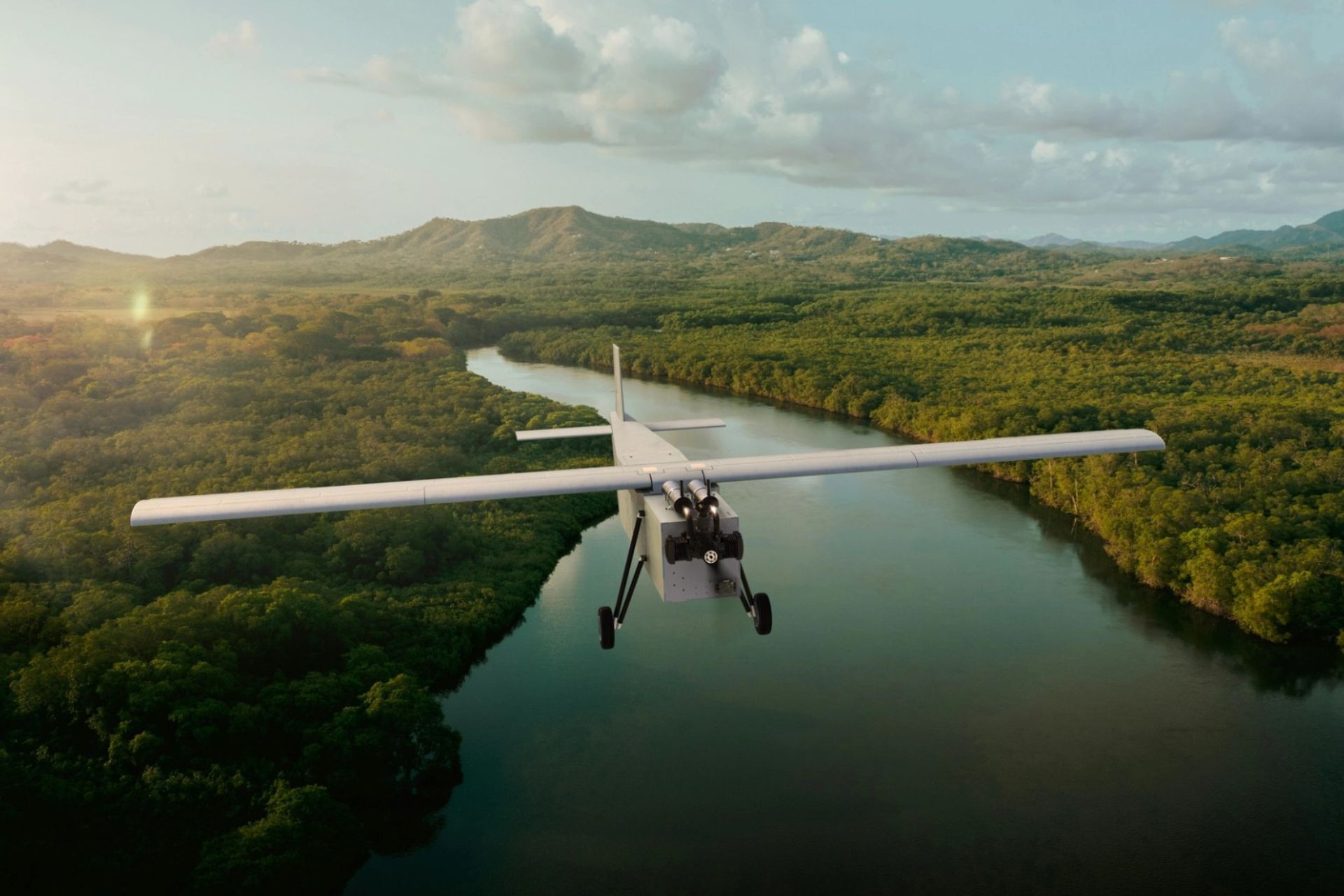Breaking News
Russia Accuses Ukraine of Using LORD Long-Range Kamikaze Drone with Deep Strike Capability.
The war between Ukraine and Russia has led to a rapid evolution of military technologies, with drones playing an increasingly central role in both sides' strategies. On December 2, 2024, Russian media claimed that the Ukrainian military had started using a new large-size kamikaze drone, named "Lord," in targeted attacks on Russian positions. Although these claims have not yet been confirmed, they raise important questions about the growing capabilities of Ukraine's military and the limitations of international supply lines.

The Lord drone is designed for quick, cost-effective production using readily available components, making it both accessible to manufacture and relatively inexpensive (Picture source: Destinus)
Russian authorities, supported by various media outlets, published photos of debris from a drone believed to be a "Lord" model, designed by the Swiss company Destinus. This drone is notable for its impressive range, estimated between 750 km and over 2,000 km, depending on the version, and its ability to perform various operational roles. If these claims are accurate, this would place the drone among the most sophisticated equipment in Ukraine's arsenal. However, its origin remains controversial.
The "Lord" is attributed to Destinus, a startup founded by Mikhail Kokorich, a Russian dissident who fled Vladimir Putin's regime. Although Switzerland, where the company is officially registered, maintains strict neutrality and refuses to export weapons to conflict zones, Destinus' operations also extend to Germany, the Netherlands, Spain, and France. This geographic spread could facilitate the delivery of drones to Ukraine, circumventing Swiss restrictions.
The Lord drone is designed for rapid production at a low cost. According to Destinus' official website, it is built with readily available components, making its production accessible and its cost relatively low. In addition to kamikaze missions, this drone can be used for reconnaissance, electronic warfare, electronic intelligence (ELINT), cargo transport, and drone operator training. Its payload capacity of 22 to 25 kg, or more over short distances, enhances its versatility on the battlefield.
These features raise concerns on the Russian side, which views the drone as a potential threat to its strategic positions, particularly due to its extended range and ability to evade radar detection. According to military experts, the Lord could not only strike military targets deep behind enemy lines but also gather critical intelligence on Russian positions and equipment, compromising Russian defenses.
Meanwhile, Russian forces continue to develop their own drone innovations, such as the Shturm-ST, a low-cost loitering munition made primarily of expanded polystyrene and coated with fiberglass. Priced at approximately $1,800, this drone can carry up to 5 kg of payload and remain in flight for up to 60 minutes. Designed for reconnaissance and kamikaze attacks, it reflects Russia's pragmatic approach, focusing on economically viable and quickly producible solutions.
If Ukraine's use of the Lord is confirmed, it would demonstrate an ongoing capacity for innovation and adaptation in response to the challenges of war. These developments clearly show that drone warfare is intensifying, with each side striving for a decisive technological advantage. The story of the Lord also highlights the complexity of international supply chains in a context where the lines between civilian and military technology are increasingly blurred.


























